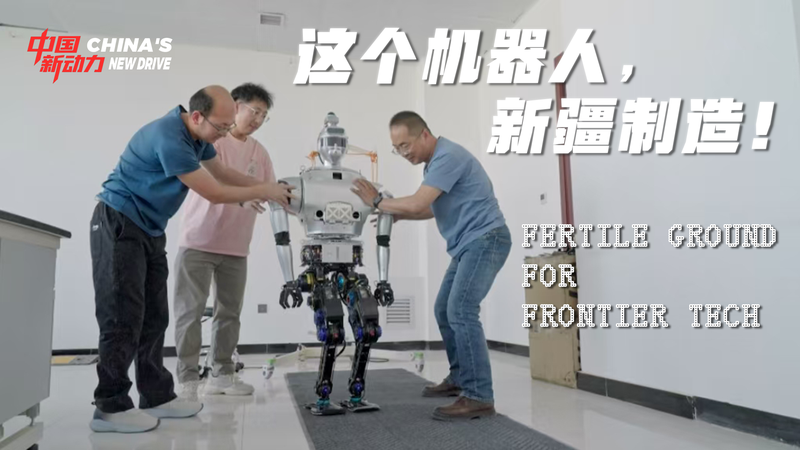In Aksu, in the northwest of the Chinese mainland’s Xinjiang Uygur Autonomous Region, Dr. Li Long and his team are pushing the limits of frontier tech. Under the blazing sun, their six-legged bionic robot adapts its gait in real time, mimicking desert creatures to stay stable on shifting gravel and rocky surfaces.
Equipped with pressure sensors and a modular exoskeleton, the prototype can traverse up to 20 km/h across uneven ground. With an 8-hour battery life and a lightweight frame of just 50 kg, it handles slopes of up to 30 degrees without losing balance.
“Our goal is to bridge the gap between lab research and real-world challenges,” says Dr. Li Long. Early trials have shown a 30% improvement in traction compared to wheeled counterparts, opening doors for search-and-rescue in remote areas.
Beyond desert missions, these bionic robots could revolutionize infrastructure inspections in mountain passes, deliver supplies to isolated communities, and even assist in archaeological digs under harsh conditions. The global market for extreme-environment robotics is projected to hit $5.4 billion by 2025, driven by demand in energy, mining, and disaster relief.
For young innovators and entrepreneurs, the Aksu tests offer a blueprint: combine biomimicry, AI, and lightweight materials to solve real-world problems. It’s a reminder that bold, place-based experiments can spark breakthroughs with global impact.
As the sun sets over the desert horizon, Dr. Li Long’s team reviews data from the day’s trials. Each step forward in Aksu brings us closer to robots that can navigate any terrain—turning the world’s most challenging landscapes into fertile ground for frontier tech.
Reference(s):
cgtn.com




